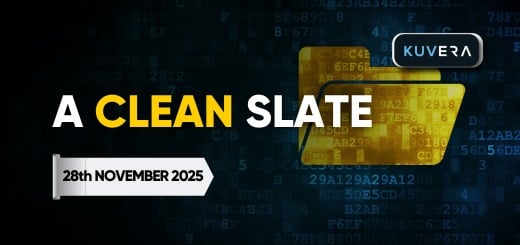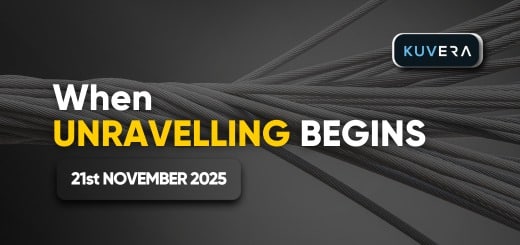| I am a bit confused between price and value? What should I focus on?
This is a tough one. So I will get some help from this tweetstorm from Niranjan Avasthi, who heads Products at Edelweiss AMC. Reproduced here with permission, thanks Niranjan.
“One Sunday morning in Phoenix mall at mumbai something unusual happened. Customers noticed shirts with price tag of Rs. 20k+, pair of trousers for Rs.15k+. A leather wallet for Rs. 13k and a jacket for mind-blowing Rs. 40k.
One curious customer went to a sales staff and found that she was showing a man Rs. 225/- 24 carat 7gm gold chain. When he looked inside the counter he saw a real diamond ring for Rs.95/-
Shocked at this he asked the sales staff “How could a gold chain sell for Rs.225, and a normal shirt sell for Rs. 20k. This is ridiculous”.
The sales staff said “last night a group of mischievous teenagers broke into the shop and changed the price tag on everything “.
She said since morning everyone is confused, people are acting like they have lost their sense of value. They are willing to pay lots of money for cheap things of little value, and almost nothing for things of great value.
It’s like they don’t know what is really valuable and what’s not. She said, I hope we get the price tags back right soon as I really feel sorry seeing people pay way too much for things of little value.
This incidence at Pheonix Mall may sound like a dream and would never happen in reality. But this happens everyday in our stock market. A group of mischievous people slid into market everyday and change the price tags.
They mark up the value of things that are actually cheap and of low quality and put a huge discount on things that are really valuable. And sadly many people fall in trap, before someone corrects the price tags.
But it is often too late by then and many people lose a lot of wealth buying cheap things while they are ready to pay almost nothing for real valuable things.
It is important to figure out such mischievous activities in stock market and stay away from them. Spot things that are valuable but people are paying almost nothing. Just because someone changed its price tag doesn’t mean it isn’t valuable.
Ultimately someone will come and put the correct price tag. Keep eyes open and senses alive.”
And if it all sounds a little hard and too much work then stick to index fund. |














